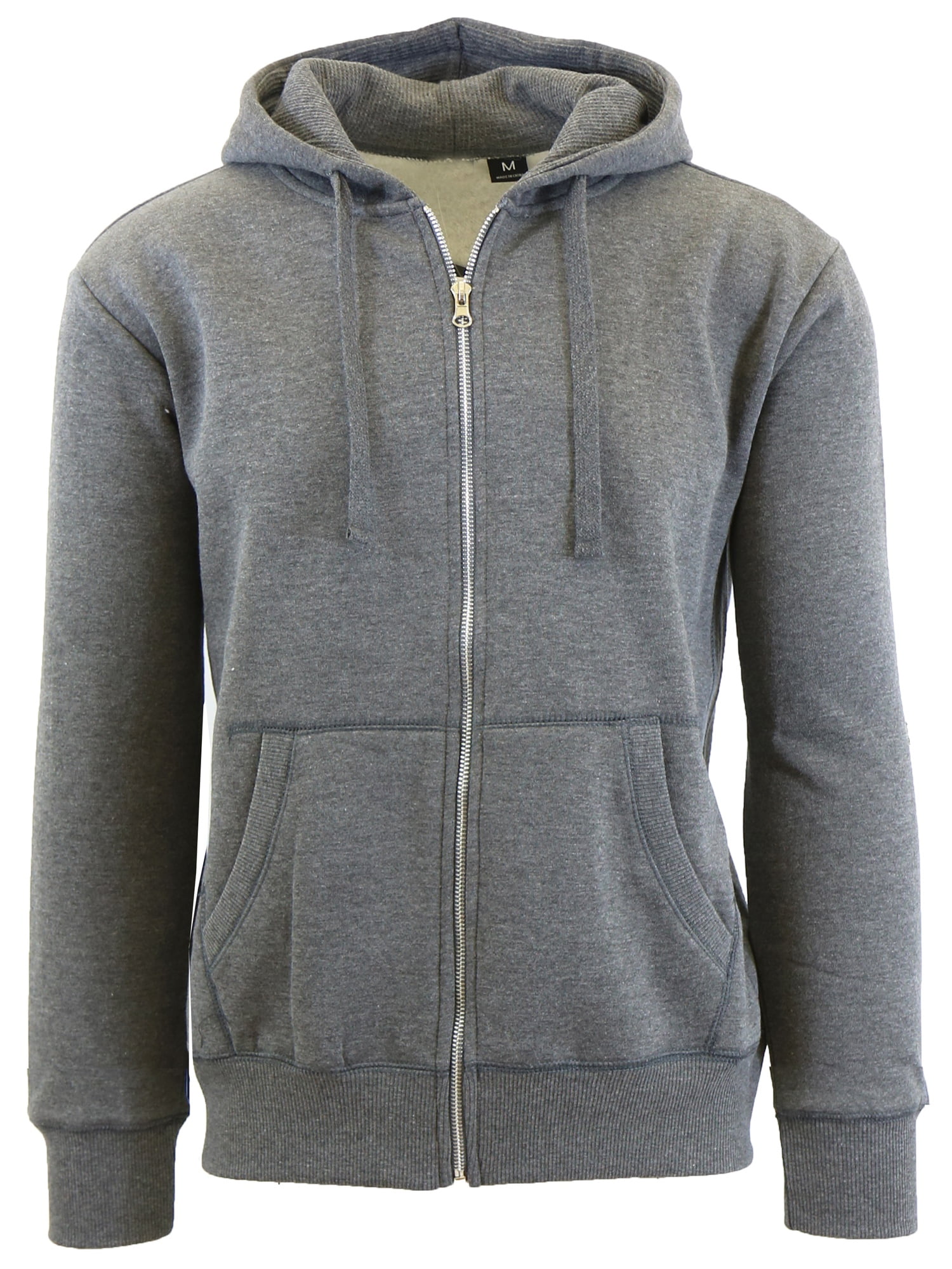What things to Consider When Selecting the Right Sweatshirt

Sweatshirts are long-sleeved, pullover shirts that are typically constructed from thick cotton fabric. They are generally used for casual wear, and are not as dressy as sweaters or cardigans. They do not usually have a Hood. If you're interested in purchasing a sweatshirt here are a few tips:
The appeal of Norma Kamali was spread by the use of sweatshirts
Since the end of the 70s in the late '70s, Norma Kamali has been turning the humble sweatshirt into an art. Her designs are now a staple in almost every woman's wardrobe. Her distinctive styles include a tummy-tucking crew neckline to leather-paneled sweatshirts . She also has created clothes with unusual forms, such as tanks with an extended trumpet skirt.
A collaboration of the designers and the sweatshirt maker Everlast resulted in her Timeless collection, which became a huge hit when it was featured in the Spiegel spring 2006 catalog. The collection offered interchangeable and convertible knits in classic shapes and many of the items were priced below $20. Even even if The Norma Kamali Timeless collection wasn't available in stores, customers could still find the designs for sale on eBay as well as Poshmark.

Merino wool sweatshirts feel more comfortable than sweatshirt s made of soft wool.

Merino wool is known for its ability to wick moisture away that help keep you dry and comfortable. It is a natural fiber and has a softer feel. It is also quick to dry when compared with other natural materials. Furthermore, merino is a renewable resource. The merino sheep shed their coats every year and regrow new coats.
Merino's weight-to-heat ratio is high, and the warmth of wool makes it popular for sweatshirts. It helps to regulate the body's temperature because of its loft that naturally traps heat between the fibers. This is the reason Merino wool sweatshirts are perfect for summer as well as outdoor activities such as mountain biking and running. The warmth it offers ensures that the wearer stays well-hydrated and cool, something that is crucial for working out.
Zip-front hoodies have kangaroo pocket
Kangaroo pocket hoodies are a popular style of hoodie. These hoodies feature a huge pocket in the front, that keeps your hands warm on chilly days. They are additionally more practical than conventional pockets as they allow your hands to slide in and out easily.
Kangaroo pockets are typically large enough to fit a wallet or some other small personal items. They're usually long enough to fit the palm of a hand that is small or even large enough to accommodate two hands. They have wide openings on either side and are ideal for carrying small items.
French Terry fabric is a popular fabric for sweatshirt s
The French terry fabric is made of soft yarns made into loops, and are usually midweight. sweater shirts is also renowned as a fabric that wicks moisture and is already pre-shrunk. French Terry is a fantastic option for sweatshirts as it will keep you warm when you're in need and helps keep you cool when you're trying to cool off.
French Terry is also popular for loungewear, since it has enough stretch and flexibility to feel good on your skin. It also allows enough air to circulate throughout the fabric, making it ideal for layering underneath other clothes. In addition, because it's lighter than other sweatshirts that you can wear throughout the year without feeling too warm or cold.
Hoodies can be classist.
Although it might appear that hoodies are simply appropriate clothes for working class people however, in reality they carry classist connotations. The hooded clothing was first popularized in the early 1970s , in New York, where graffiti artists wore them to hide their identities. In 1976, hoodies made their major debut in the film "Rocky," when the working-class main character was seen wearing grey sweats with hoods during his famous climb up the Philadelphia Museum of Art.
Hoodies are usually associated with death, destruction and other unpleasant items, yet they serve a practical purpose. For example, monks and priests may wear hoods to show respect and a sense of self-control.
